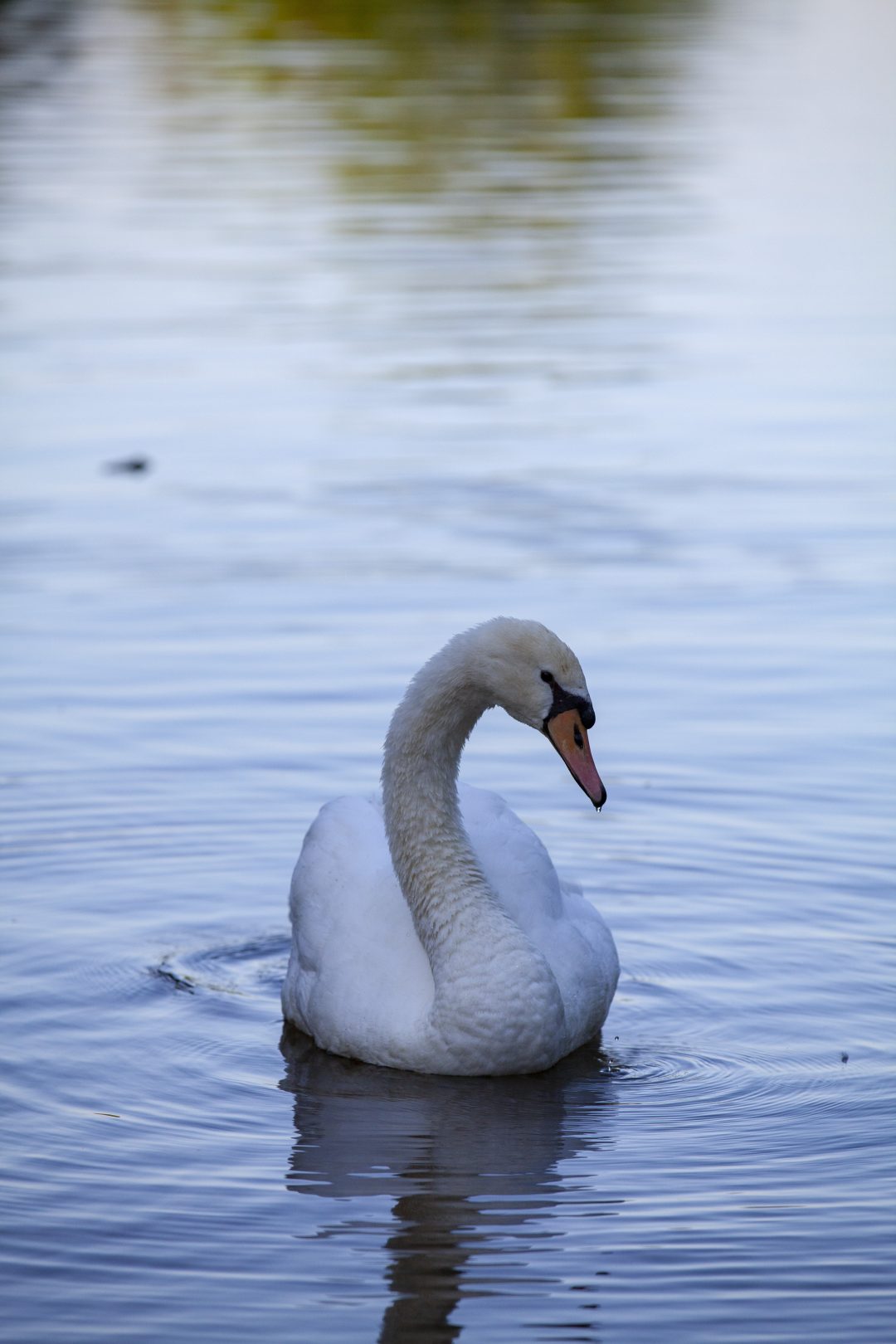Notice
Please be aware that Hestercombe will be closed on Christmas Day and Boxing Day, but will be open daily throughout the rest of the Christmas holidays.
In addition to the beautiful landscape and varied plant life, Hestercombe is also a little patch of paradise for native wildlife.
Please be aware that Hestercombe will be closed on Christmas Day and Boxing Day, but will be open daily throughout the rest of the Christmas holidays.
Exploring the gardens it’s not unusual to catch a glimpse of a roe deer bound away at your approach. You may also hear the rustle of leaves as common lizards busily go about their daily business of bug hunting.
Hestercombe provides a fantastic place to live for a wide and varied assortment of our native animals. We are also famed for our bats, of which we have many species. Our lesser horseshoe bats visit Hestercombe every summer as their maternity roost, in order to have their young. The roosts here are so important that they have European protected status, and Hestercombe is also a Site of Special Scientific Interest (SSI) and a Special Area for Conservation (SAC).
We encourage the bats by planting a mixture of native shrubs and broadleaf tree species to create a shrub layer below the tree canopy that increases the amount of cover available to the bats. By leaving deadwood on the ground we provide a habitat that will also support a high diversity of woodland insects and increase foraging opportunities.
A new roost has been created to provide further nesting space for our resident lesser horseshoe, pipistrelle and brown long- eared bats. Be sure to come and see our lesser horseshoe bats in their maternity roost during the summer on our bat camera and watch the young bats take their first flight! Along with our bats many species have been recorded on site and we have listed just a few – so look out for these.
There are literally thousands of species of invertebrates living in the gardens. In a moth survey carried out by the British Butterfly Conservation Society 84 different species of moth were recorded in just three nights, including the Scarlet Tiger Moth which is typically found near comfrey or nettles in south and west England and Wales.
Over the last 30 years Hestercombe’s historic landscape and its unique, world famous gardens have been lovingly restored.
However, Hestercombe’s closure due to the Covid-19 pandemic has had a devastating impact on Hestercombe Gardens Trust’s finances. We’re an independent charity without the safety net of larger organisations, and we must now raise substantial funds to ensure Hestercombe continues to thrive and to help secure its magnificent heritage for future generations.
We would be incredibly grateful for any donation that you are able to give. Thank you.
If you are a UK taxpayer and you select ‘Please Gift Aid this donation’, the UK Government will give Hestercombe Gardens Trust an additional contribution of 25% at no extra cost to you.
